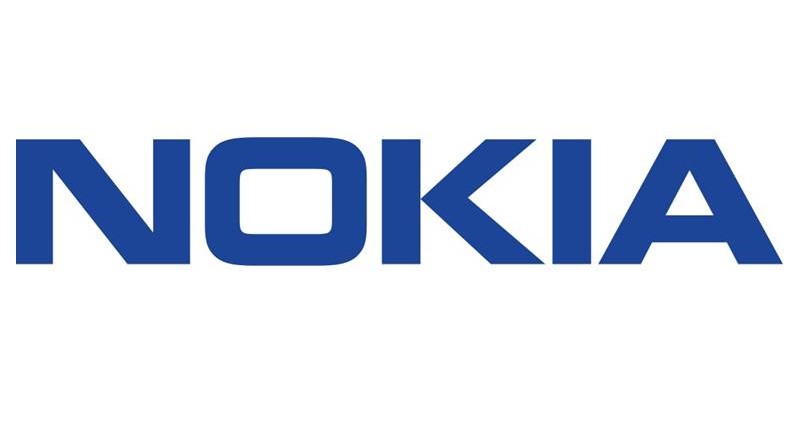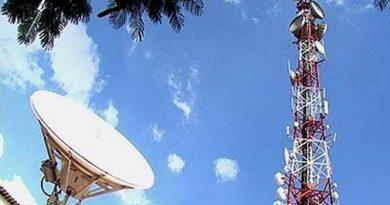Nokia releases Middle East and Africa (MEA) Mobile Broadband Index with focus on 5G
The Nokia MEA Mobile Broadband Index, which provides a complete picture of the MEA region’s mobile broadband scene, has been released by Nokia.
The comprehensive research emphasizes the steady rise of 5G in the Middle East and Africa (MEA) area, as well as its impact on digital transformation. It demonstrates that the Middle East is well ahead of Africa in terms of 5G adoption, whereas many African operators are still creating business models based on 4G. Many portions of the region still rely on 2G and 3G networks for voice traffic.
5G is predicted to expand rapidly and contribute to the expansion of mobile broadband subscriber base, which is expected to rise at a CAGR of 6% in MEA. According to the report, 4G networks in MEA currently account for 79 percent of total data traffic, and by 2027, 4G and 5G will account for 90 percent of total data traffic. In the same year, 4G subscribers are expected to reach 1,214 million (53 percent of all subscribers), while 5G adoption is expected to reach 380 million (17 percent of total customers). Yearly ARPU is predicted to climb to USD$3.4 in 2027, with total data traffic increasing at a CAGR of 32% from 2022 to 2027.
According to the survey, 5G adoption is quickest in the Gulf Cooperation Council region, with 75% of 5G users predicted by 2027, primarily driven by Saudi Arabia. In non-GCC Middle Eastern and African countries, 4G will continue to develop and dominate until 2027, while 5G deployment is still in its early stages and is expected to gather momentum in the next years.
According to the survey, 5G Fixed Wireless Access in the GCC countries and 4G FWA in the remainder of the MEA area are two of the most appealing use cases, with significant opportunities for operators to earn incremental revenues. Furthermore, 5G networks use less energy than earlier radio network generations, assisting operators in meeting their environmental goals.
“MEA is a diverse region with many countries at different stages of development, and that is reflected in our report,” said Mikko Lavanti, Head of Mobile Networks at Nokia MEA. Data usage via high-speed networks is expanding quickly in both urban and rural locations across the MEA market. Reliable 4G and 5G networks are essential for bridging the region’s digital divide and supporting data-intensive applications for communities and enterprises. Nokia is assisting both operators and organizations in unlocking new potential with 5G, laying the groundwork for future technologies such as the Metaverse. The whole Nokia MEA Mobile Broadband Index study can be found here.




